GEOPHYSICS
 |
| Yellowstone Caldera |
Yellowstone is a great natural reserve which is harboring a lot of wildlife to be one of the most visited places in the world , beneath the surface lies a monster of gigantic proportions. There lies one of the biggest magma chambers of the planet and the pressure build inside its surface makes it rise more than usual . In a future release that pressure and lots of volcanic material is ejected into the atmosphere causing what is called Volcanic Winter . Sunlight is hidden , the global climate change and cool the Earth .
But what is a Supervolcano ?
A Supervolcano is a term that refers to a type of volcano that produces the largest and most voluminous eruptions on Earth. The actual explosivity of these eruptions can vary radically alter the surrounding landscape, and can even alter the global climate for years. (1)
 |
| Supervolcano Eruption |
Supervolcanoes have a flat structure making them difficult to detect. It is only after the eruption , when the underground magma chamber collapses appreciate the caldera floor . ( 2)
Boilers supervolcanoes may consist of lengths of several tens of kilometers, so that can not be detected by a standard aerial view . Usually existing boilers Supervolcanoes been formed due to other super eruptions occurring million years ago.
Boilers supervolcanoes .
Scientists have conducted studies of rocks surrounding a supervolcano , and these are formed when a column of magma to the surface step opens under certain geological conditions , instead of reaching the surface , magma accumulates melting the crust land and accumulate , turning the surrounding rock in larger magma.
The magma becomes more dense and viscous volcanic gases trapping building pressure for thousands of years . Since there is too much pressure , the surface is then fragmented raising and volcanic material and expel to the atmosphere . Subsequently , the roof of the magma chamber collapses forming a huge sunken crater , called boiler.
That's why supervolcanoes not behave like typical volcanoes we all know , forming conical elevations or other features. Supervolcanoes form depressions on the surface of several kilometers in length.
Only with special infrared aerial photographs can clearly see the old boilers formed with rashes .
The term " supervolcano " does not exist scientifically volcanologists , but today many scientists prefer to call these geological formations as such. Actually this term was coined in 2000 by the producers of science program Horizon BBC television . It was they who gave this particular designation by the large size of the boiler and can trigger major eruption .
But in order to identify whether a training of this nature and proportion can be classified as a supervolcano eruption type and flow basalts (3) you may have had in the past is analyzed. You must have a type of massive eruption .
We all know that most volcanoes are different from each other , since the chemical composition of the ash , density and viscosity of the magma or lava ejected among other characteristics of each volcano . But if we find the same chemical composition of ash in different regions and no volcano in the area we could say that it is ash or elements of a supervolcano . The task would be to find the boiler.
There are some scientists who try to differentiate the high intensity of the eruption of a supervolcano with Krakatoa Volcano, and so to speak, a supervolcano ejected into the atmosphere 50 times the volcanic material. (1) Imagine possessing the great eruption . Another interesting feature is that supervolcanoes may form with the big time Igneous Provinces . In another post we will investigate this particular point.
How to identify whether a volcanic eruption from a supervolcano is ?
 |
| Volcanic Explosive Index |
To determine whether a volcanic eruption caused a supervolcano is the Volcanic Explosive Index , IEV discussed in Spanish , and failing , VEI for its acronym in English. Volcanic Explosive Index is a scale of 8 degrees, with volcanologists measure the magnitude of a volcanic eruption. (4 ) As a supervolcano would be the last location or ranking with a VEI of 8, something as catastrophic and real because these events happened in the past and can happen again.
The last super- eruption that produced a supervolcano Toba Lake was in Indonesia , some about 69000 ago - 70,000 years . It was considered a mega colossal explosion.
Note that this index each level explosion is increased is 10 times more potent rash. Imagine the degree that would eruption of a Supervolcano .
Our technical team has prepared a list of some examples of supervolcanoes that exist on our planet. (1)
- Aira Caldera in Japan
- Aso in Japan
- Campi Flegrei in Italy
- Kikai Caldera in Japan
- Long Valley Caldera in California ( United States)
- Lake Taupo in New Zealand
- Lake Toba, in Sumatra (Indonesia )
- Valle Grande in New Mexico (United States)
- Yellowstone Caldera in Wyoming (USA)
- La Garita Caldera in Colorado (USA)
These are examples of supervolcanoes . Investigate more about them.
To determine how many times a supervolcano eruption could have done the geology of the area being studied. Ie analyze strata formed by the ash were deposited over time , clearly differentiating each stratum.
BIBLIOGRAFICAS REFERENCES
All rights reserved . Science and Geophysics 2014. The total or partial reproduction , modification or alteration of this content without warning the administrator is strictly prohibited. In any case, if used for personal purposes indicate the source of the content. Please review our Policies and Programs in our Blog Section 2.1 http://geofisica-guszav.blogspot.com/p/acerca-del-blog-politicas-y-programas.html Full or Partial Content Information .







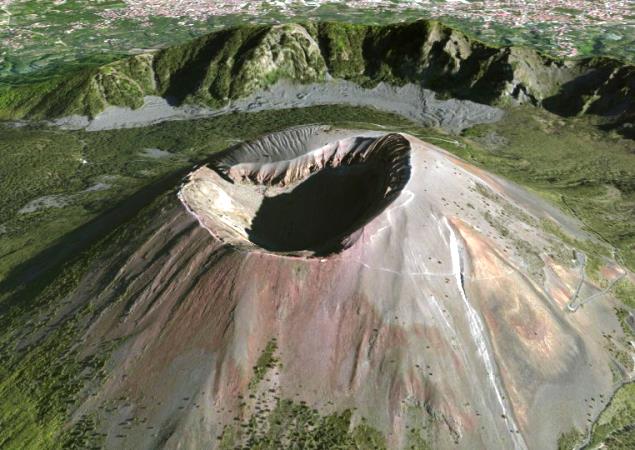
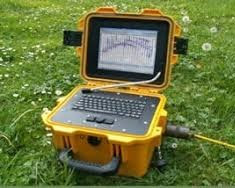







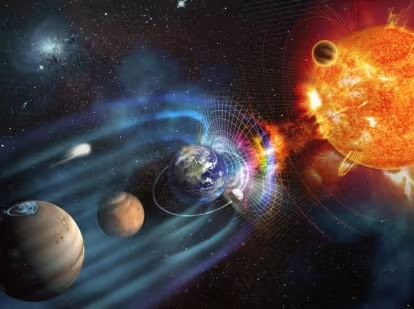
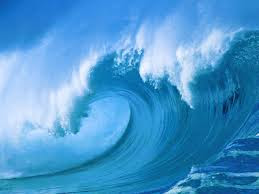

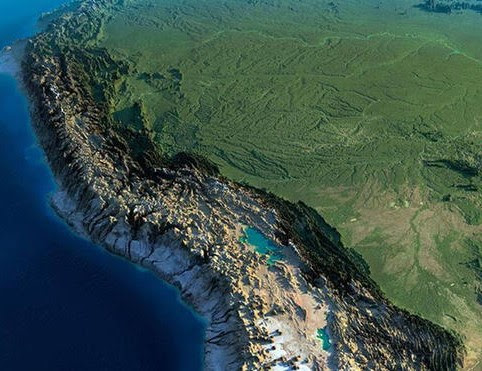











0 Comments:
Publicar un comentario
No olvides de escribir tu opinión personal de nuestro blog, una página o información que desees comprtir. Todos los éxitos para ti. Gustavo Zavala.